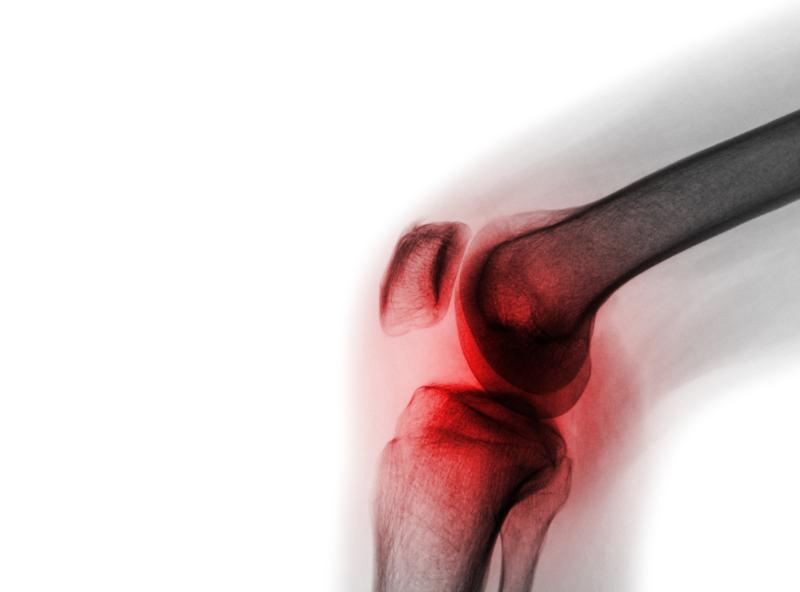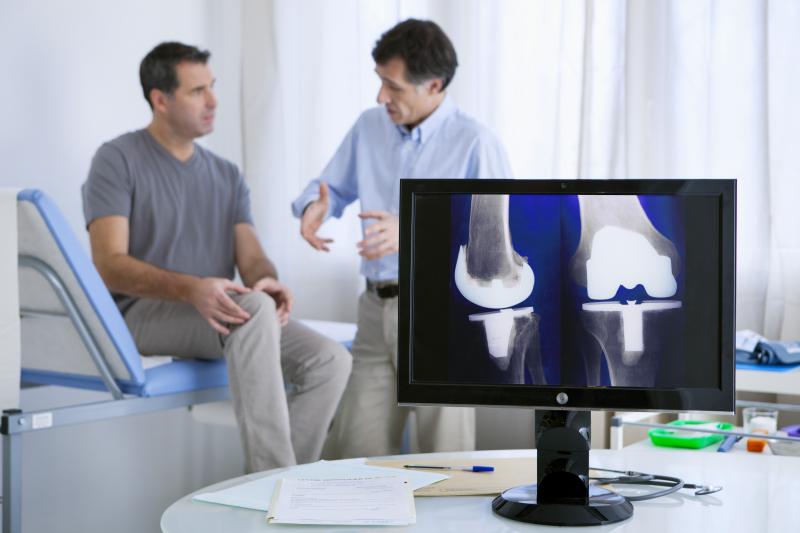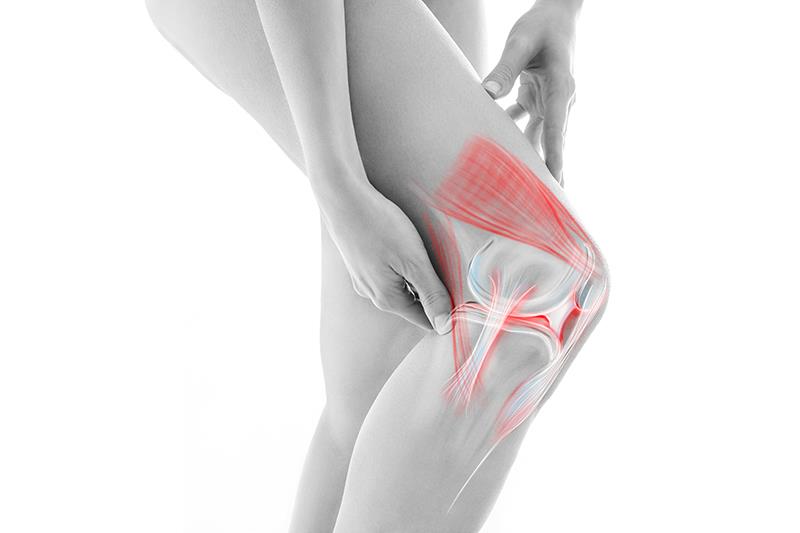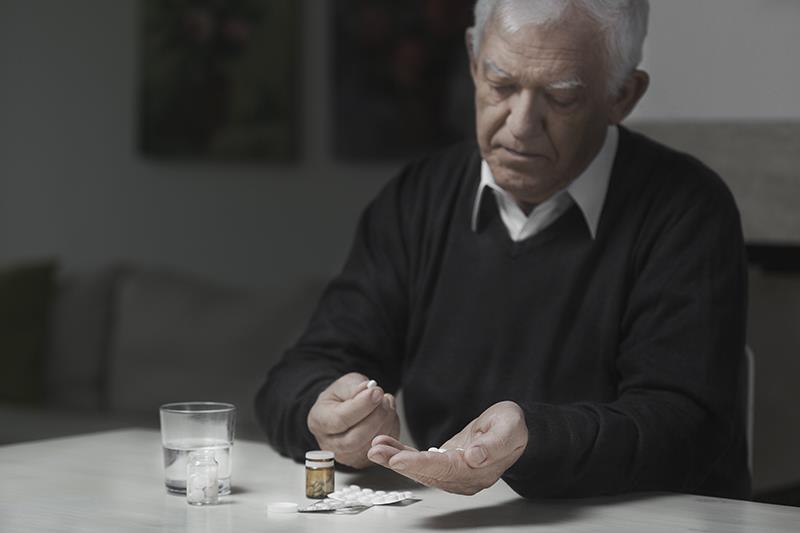Content on this page:
Content on this page:
Overview
Osteoarthritis is the most common form of arthritis that
affects a person’s quality of life. It is further described in the Introduction section. Information about
the regional prevalence of this disease can be found in the Epidemiology section.
The Pathophysiology section
describes the structural joint changes in osteoarthritis, while the Risk Factors section
enumerates the factors that predispose the patient to developing osteoarthritis.
Osteoarthritis is classified as primary or secondary based
on the cause or major predisposing factor. Description of these types of
osteoarthritis is in the Classification
section.
History and Physical Examination
Cardinal features, signs and symptoms that suggest the
diagnosis of osteoarthritis are in the History
and Physical Examination
sections.
 Osteoarthritis_Disease Summary
Osteoarthritis_Disease SummaryDiagnosis
The American College of Rheumatology (ACR) provides the
criteria for the diagnosis of osteoarthritis, and these are enumerated and
discussed in the Diagnosis or Diagnostic
Criteria section.
The Laboratory Tests and
Ancillaries and Imaging sections
the work-up that may be performed for the confirmation of the diagnosis of
osteoarthritis.
Rheumatoid arthritis is the closest differential diagnosis
of osteoarthritis, although other types of arthritis can also mimic the
symptoms of osteoarthritis. The Differential
Diagnosis section has enumerated and differentiated these
conditions.
Management
The Principles of Therapy
section enumerates the goals and management strategies used in treating
patients with osteoarthritis.
Therapeutic agents for osteoarthritis such as topical and
oral analgesics and intra-articular injections are enumerated and discussed in
detail in the Pharmacological Therapy
section.
Different non-pharmacological modalities including physical
therapy, thermotherapy, mechanical interventions, and other alternative
therapies used in the management of osteoarthritis are discussed in detail in
the Nonpharmacological section.
Educating the patient or caregiver about the disease is also
an important aspect in the management of osteoarthritis. The Patient Education
section discusses this in further detail.
The Lifestyle Modifications
section (eg exercise, weight management) discusses the other measures that help
in the management of osteoarthritis.
Surgery is generally indicated in patients with severe
symptomatic osteoarthritis unresponsive to medical therapy and with progressive
limitation. The different surgical interventions that can be performed on
eligible patients are discussed in the Surgery section.
Indications for regular clinical assessments are in the Monitoring section.












